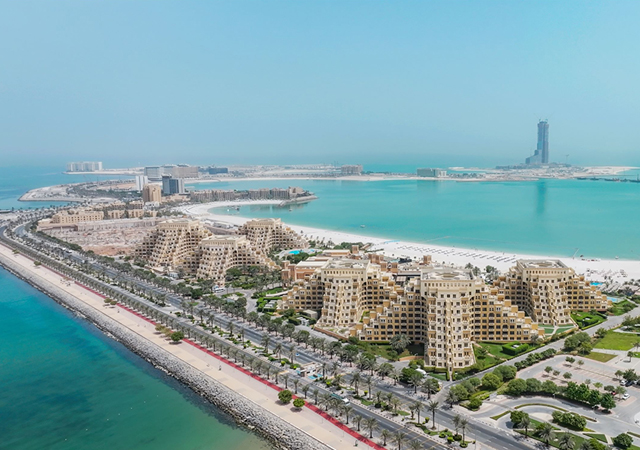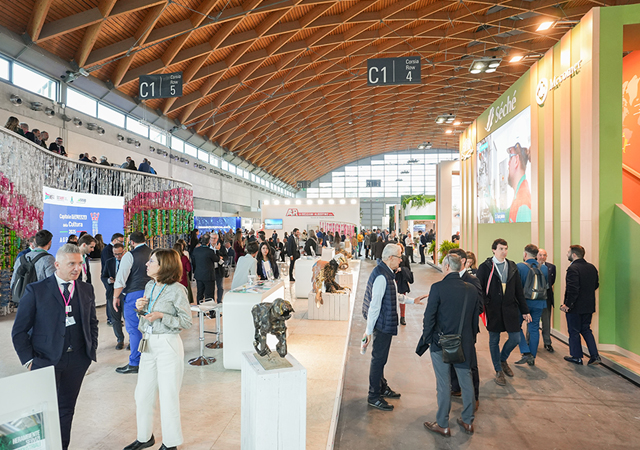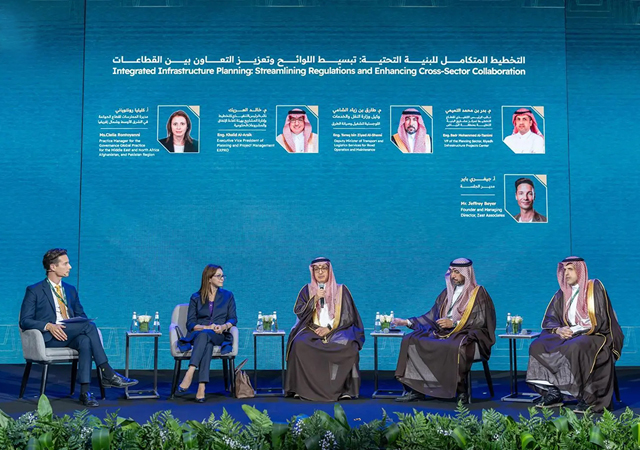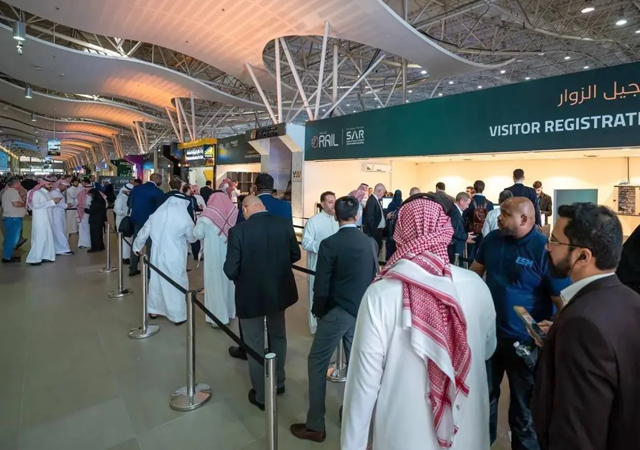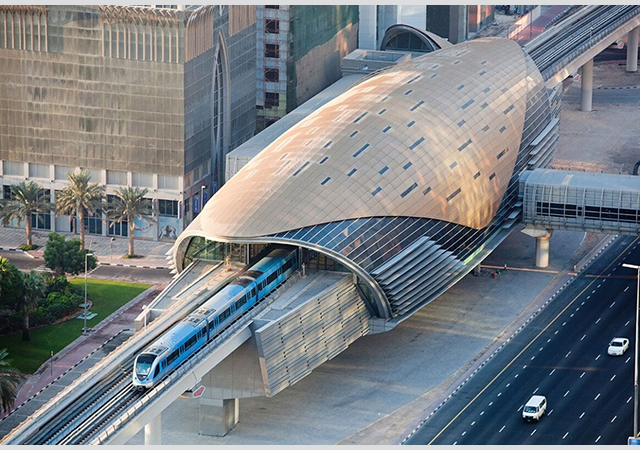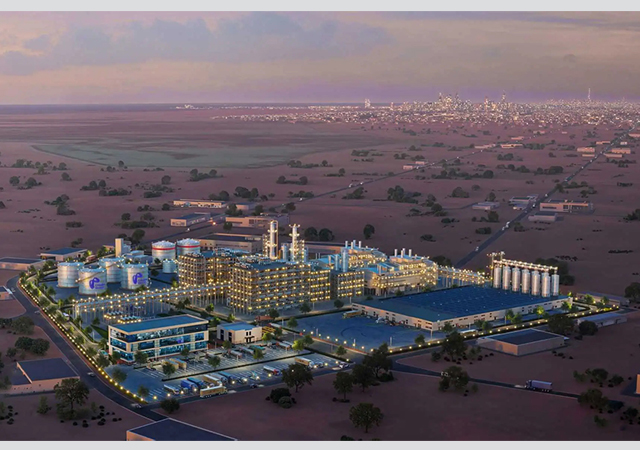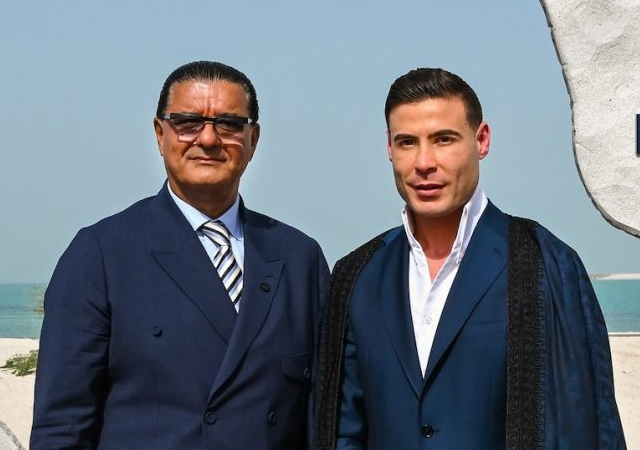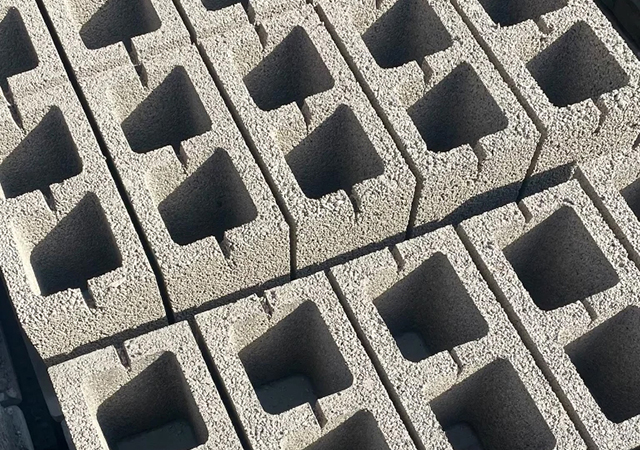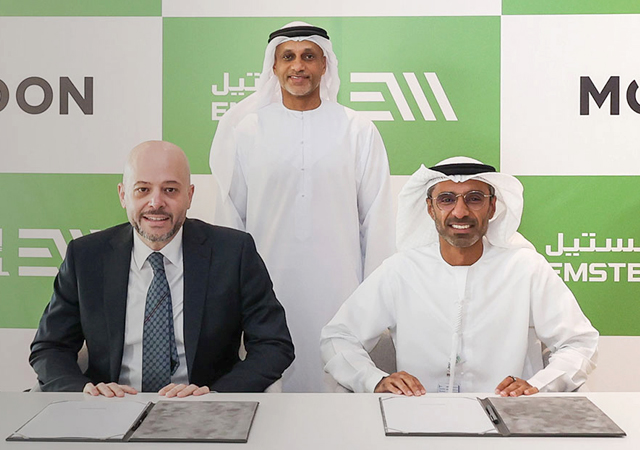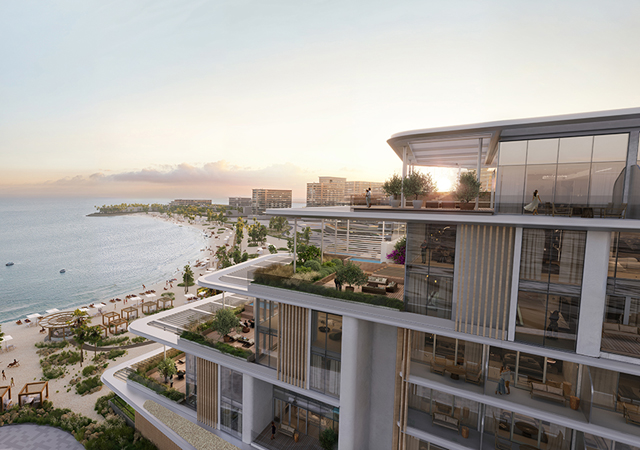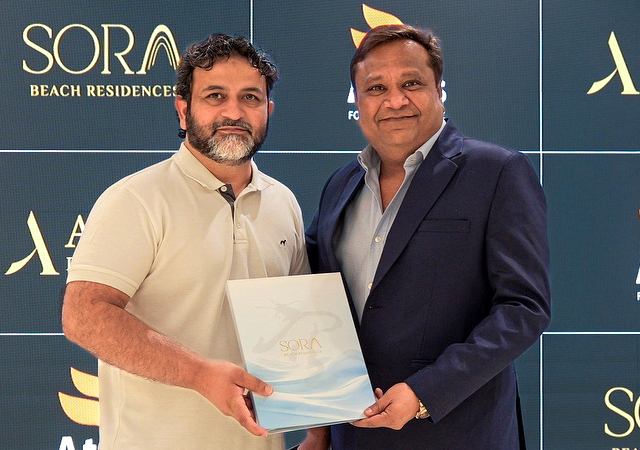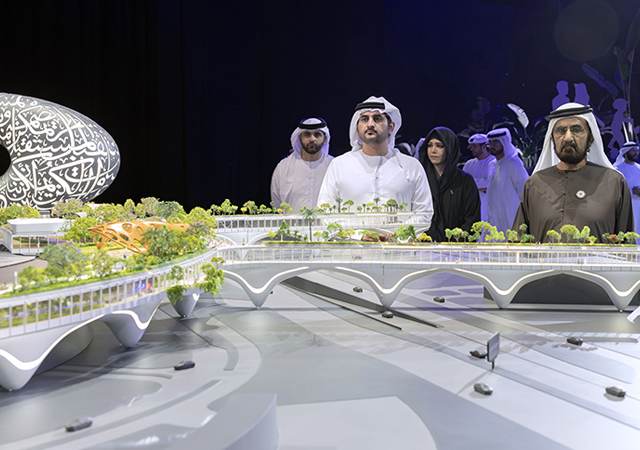
 Sheikh Mohammed views the Dubai Walk project presentation.
Sheikh Mohammed views the Dubai Walk project presentation.
A visionary initiative aimed at transforming Dubai into a pedestrian-friendly city has been approved by HH Sheikh Mohammed bin Rashid Al Maktoum, Vice President and Prime Minister of the UAE and Ruler of Dubai.
The plan envisions a 6,500 km interconnected walkway network. This comprises 5,600 km of walkway to be completed by 2040 – including constructing 3,300 km of new walkways and upgrading 2,300 km of existing ones – and 900 km beyond 2040. The pilot phase runs from 2025-2027, with full implementation in three stages from 2027-2040.
Announcing the Dubai Walk Master Plan, Sheikh Mohammed said the initiative will establish an integrated network of walkways with a unique identity, focusing on accessibility, safety, and a comfortable walking experience, featuring uninterrupted pathways and expanded green spaces.
“We have approved the Dubai Walk Master Plan covering 160 areas across the emirate. The plan includes constructing 3,300 km of new walkways and rehabilitating 2,300 km of existing ones by 2040, in addition to more than 900 km of walkways planned beyond 2040. It also involves developing 110 pedestrian bridges and underpasses to enhance connectivity. This ambitious plan aims to increase pedestrian and soft mobility from 13 per cent to 25 per cent by 2040,” he stated.
He pointed out that enhancing the quality of life in Dubai remained a key focus of the emirate’s strategic vision.
At the launch of the plan near the Museum of the Future, Sheikh Mohammed was received by Mattar Al Tayer, Director General and Chairman of the Board of Executive Directors of the Roads and Transport Authority (RTA).
Al Tayer provided a detailed briefing on the Dubai Walk Master Plan and its role in strengthening Dubai’s global competitiveness in pedestrian and soft mobility.
20-Minute City goal
“Aligned with the Dubai 2040 Urban Master Plan’s ‘20-Minute City’ goal – enabling 80 per cent of residents to access essential services within a 20-minute commute – and the Quality of Life Strategy 2033, the Dubai Walk Master Plan aims to transform Dubai into a pedestrian-friendly city,” said Sheikh Mohammed.
The plan includes the development of 110 pedestrian bridges and underpasses. Key projects include bridges on: Al Ittihad Road connecting Al Nahda and Al Mamzar; Tripoli Street linking Al Warqa and Mirdif; Al Khawaneej Street joining Mushrif and Al Khawaneej, and Dubai-Al Ain Road connecting Dubai Silicon Oasis and Dubailand.
The project will seamlessly link major landmarks such as Burj Khalifa, Dubai International Financial Centre, Dubai Marina, and Jumeirah Lakes Towers. Each route will feature distinctive designs, colours, lighting, and landscaping, reflecting the unique identity of its surrounding area.
The walkways will incorporate greenery, shaded areas, misting systems, interactive digital screens, art displays, sports and entertainment equipment, rest areas, and commercial spaces. Accessibility and safety are prioritised through the use of signage, ground markings, lighting, integrated pavements, and integration with navigation systems and smart applications.
Sheikh Mohammed later reviewed plans for the 17 km first phase of pedestrian walkways, featuring two key routes – Al Ras Historical Route and The Future Loop. The 15-km Al Ras Historical Route in Al Ras and Al Souk Al Kabeer highlights the emirate’s heritage, including 5 km along the revitalised waterfront with 25 rehabilitated public squares featuring shaded rest areas, green spaces, and art displays.
The Dubai ruler also visited ‘The Future Loop’ project which will be implemented in the Museum of the Future area. This iconic elevated walkway, spanning 2 km with a width ranging from 6 to 15 m, seamlessly connects landmarks, including Dubai World Trade Centre, Museum of the Future, Emirates Towers, Dubai International Financial Centre, and nearby metro stations. It will provide a 30,000-sq-m air-conditioned level for year-round walking, and an additional 30,000 sq m of shaded, green open spaces. The project, which will include commercial spaces, is to be developed through a public-private partnership.
He later reviewed models for three types of pedestrian walkways. The Scenic-Leisure Walkways include 112 km of waterfront paths, 64 km in urban areas, 124 km of green paths, and 150 km of rural and mountain trails.
The City Connectivity Walkways focus on first- and last-mile connections to public transport in 30 areas, including Al Rigga, Business Bay, Al Bada’a and the Trade Centre. The Community Walkways are designed to link residential areas to nearby attractions in 50 areas, beginning with Al Barsha 2, Al Khawaneej 2, and Al Mizhar 1.



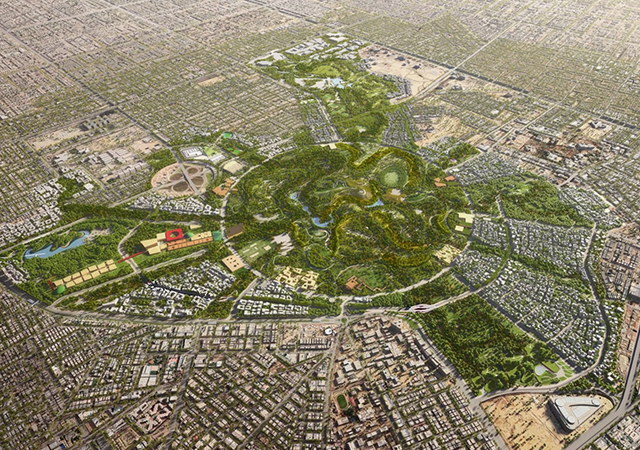
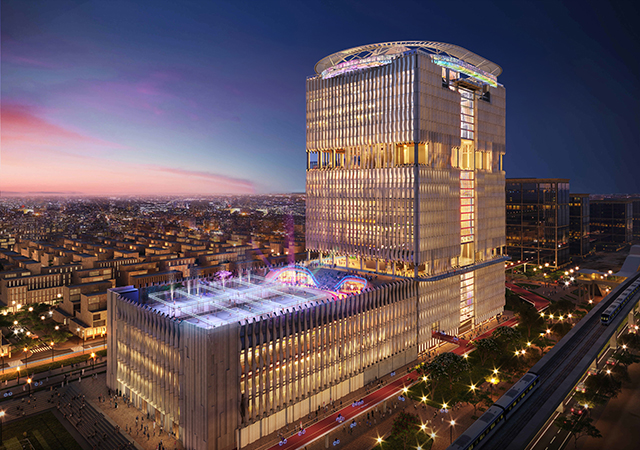
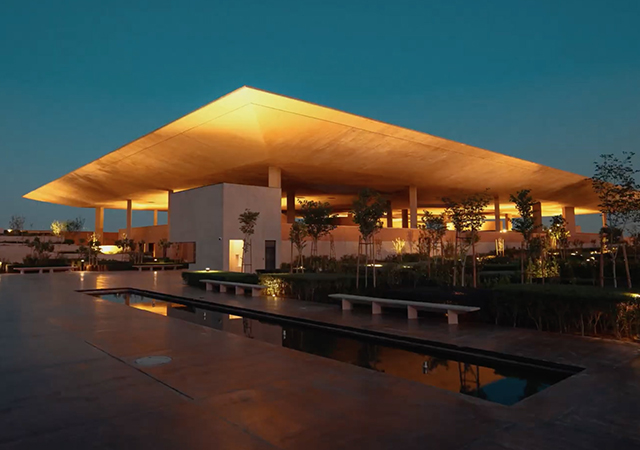
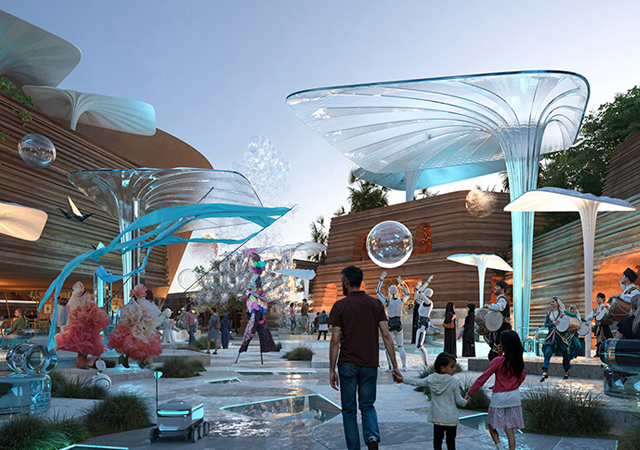
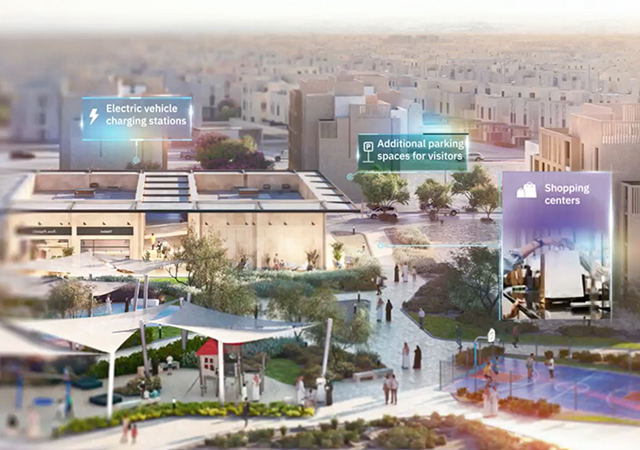
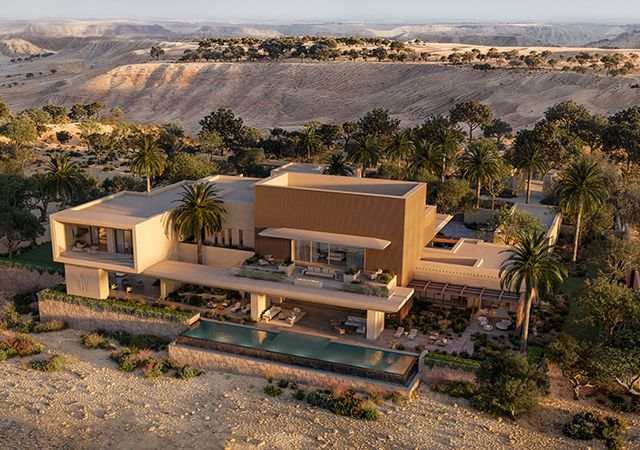
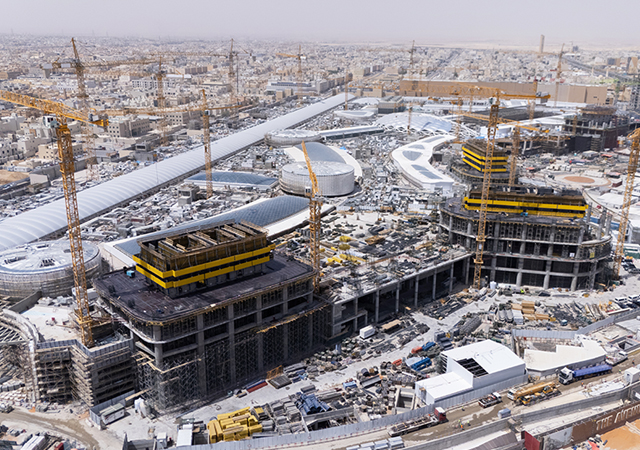
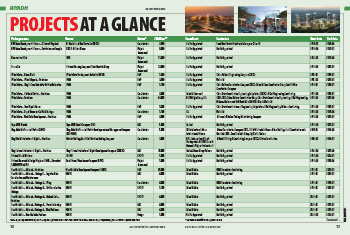
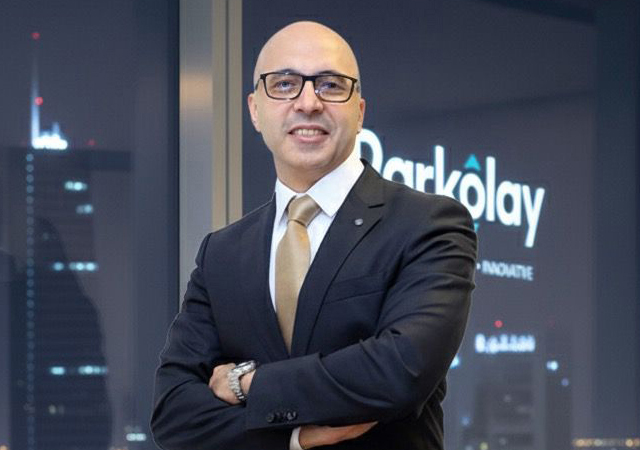
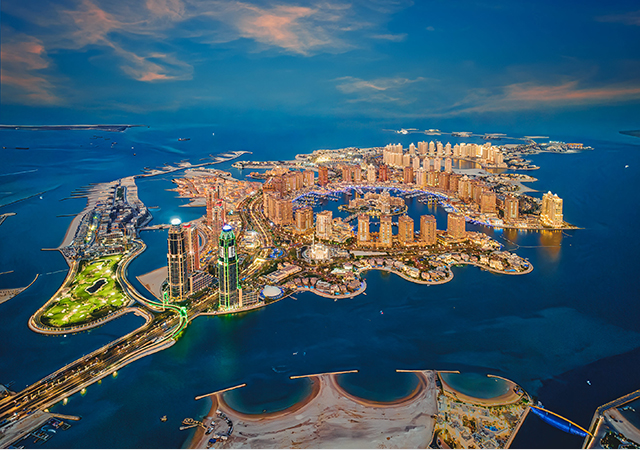
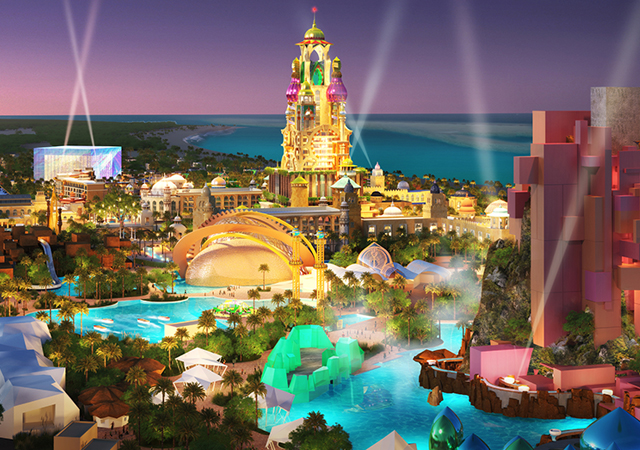
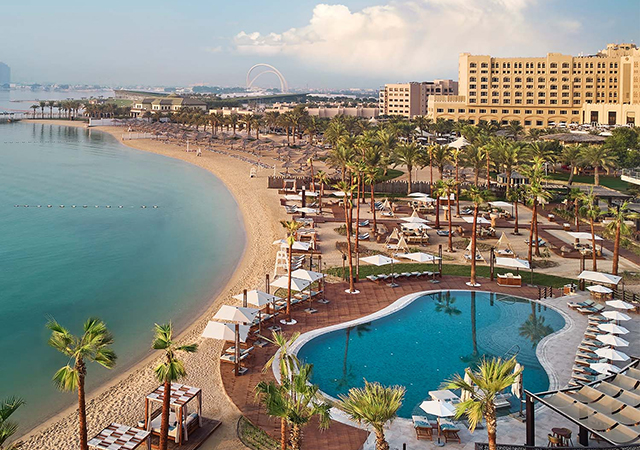
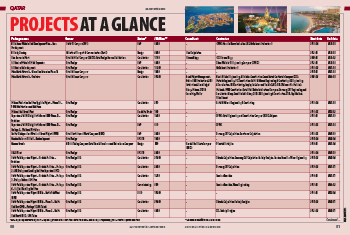
.jpg)
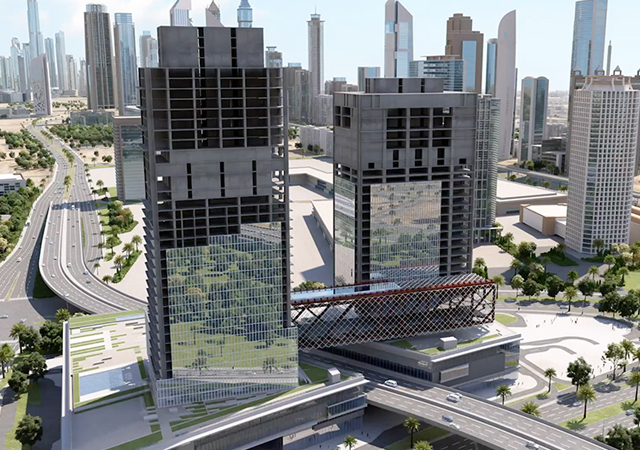
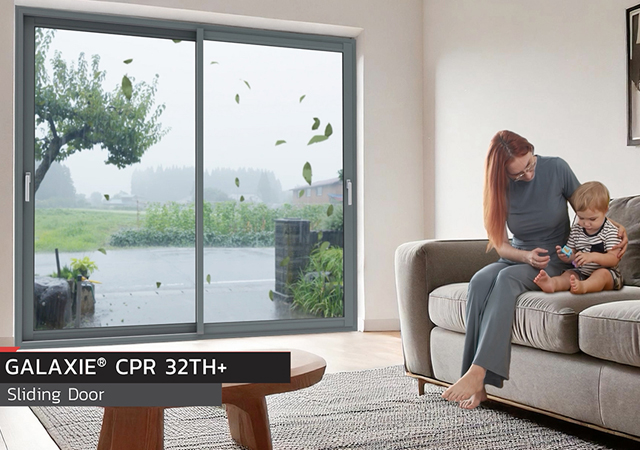
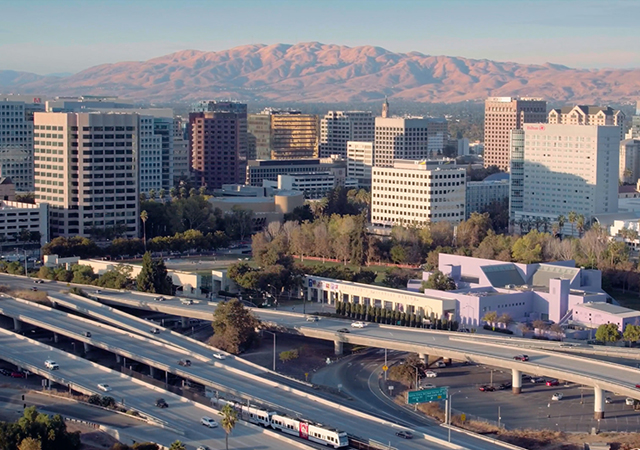
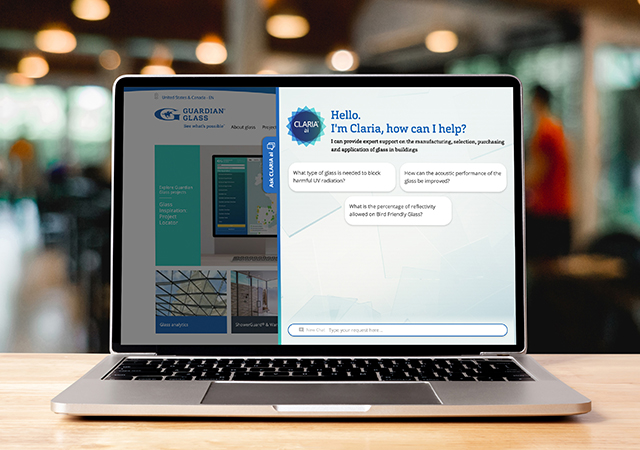


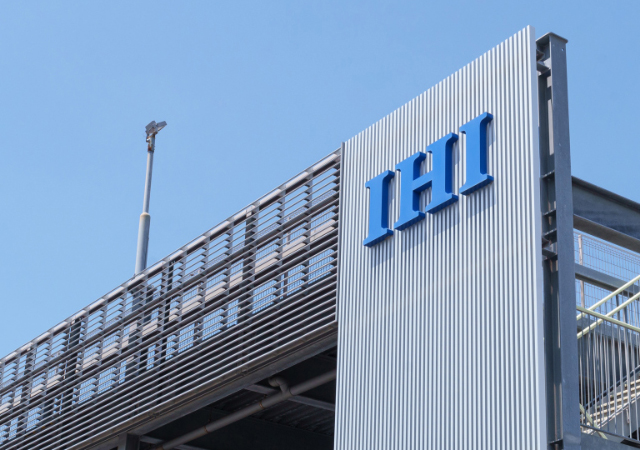
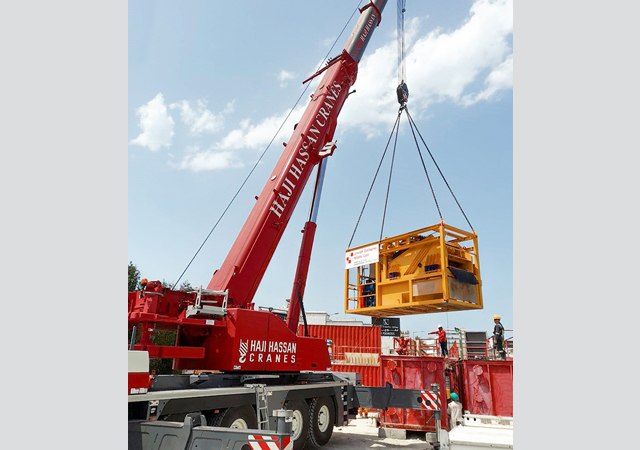
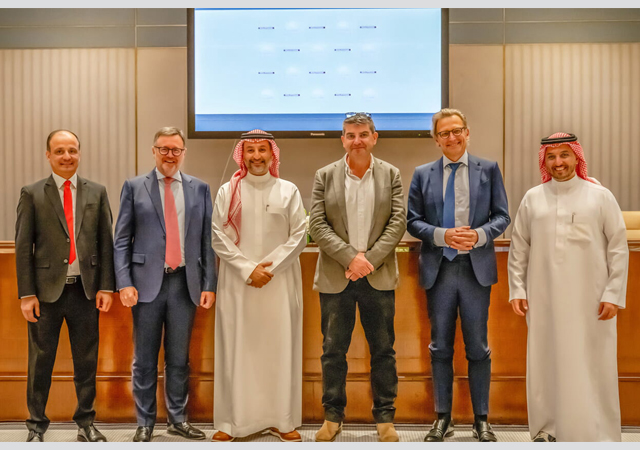
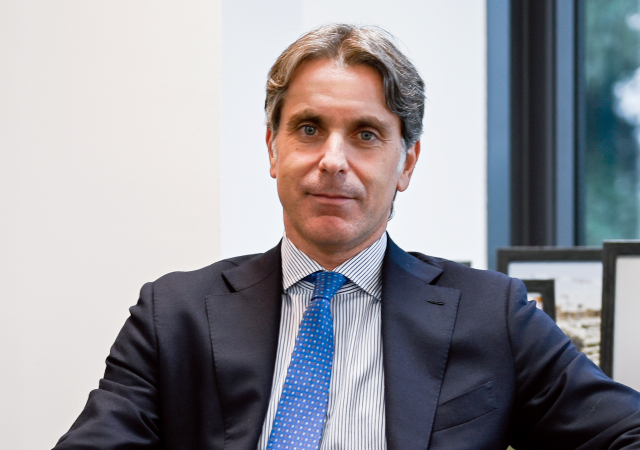
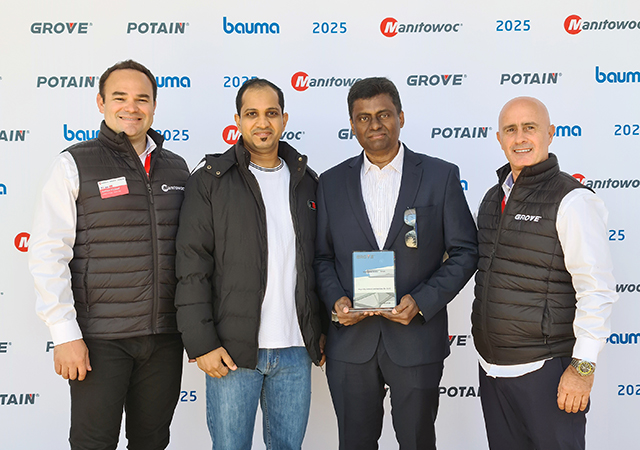

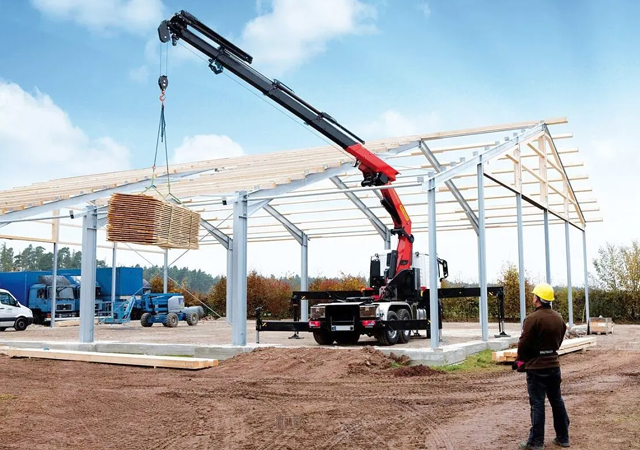
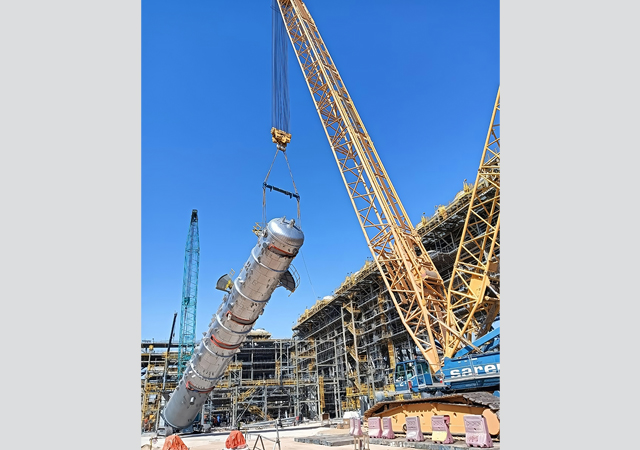
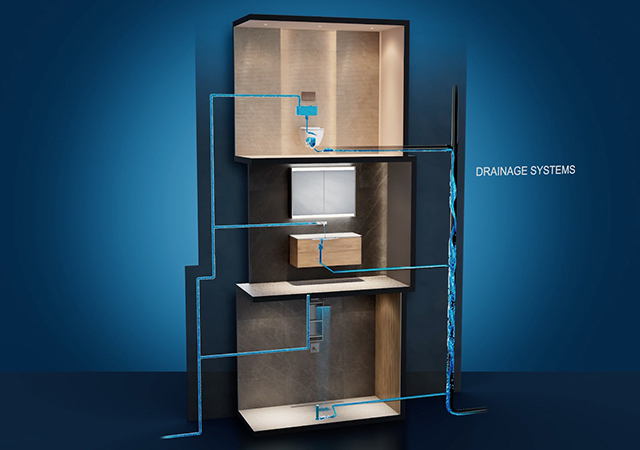
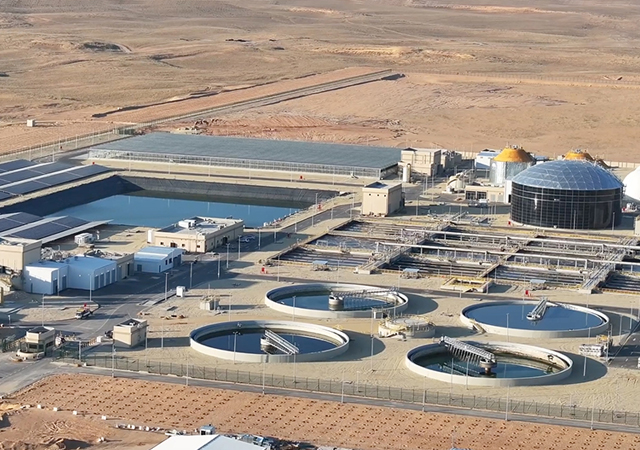
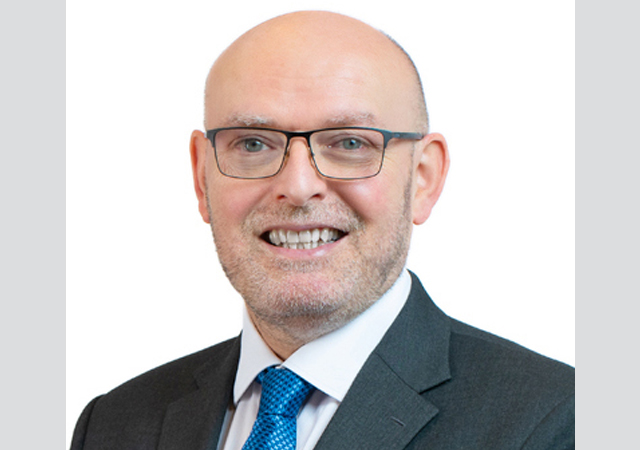
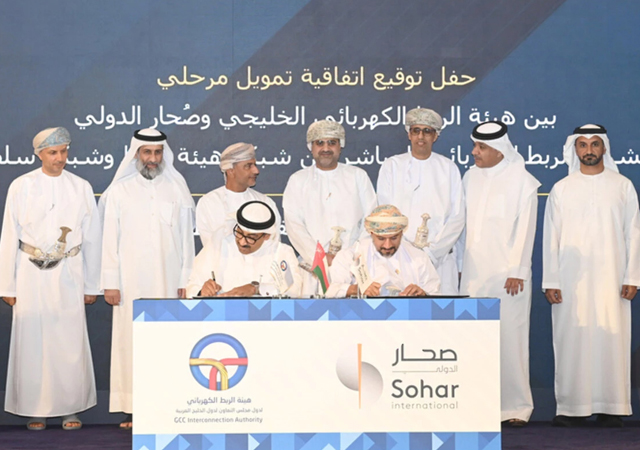
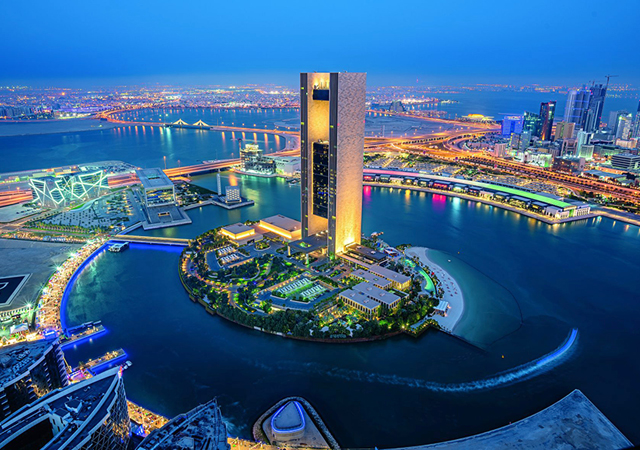
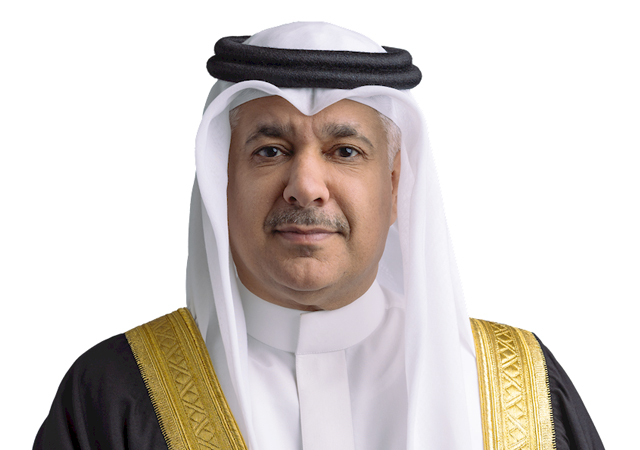
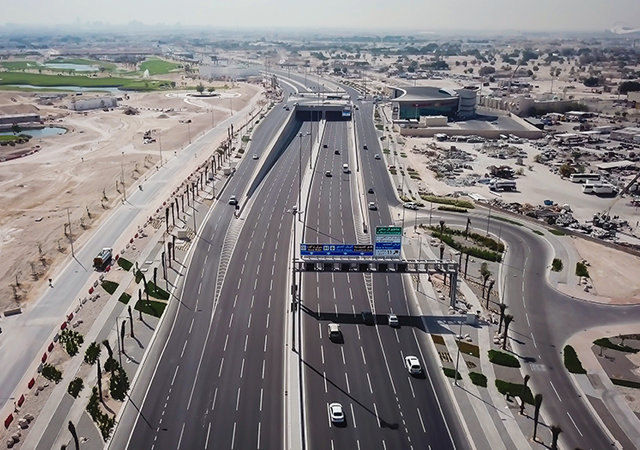
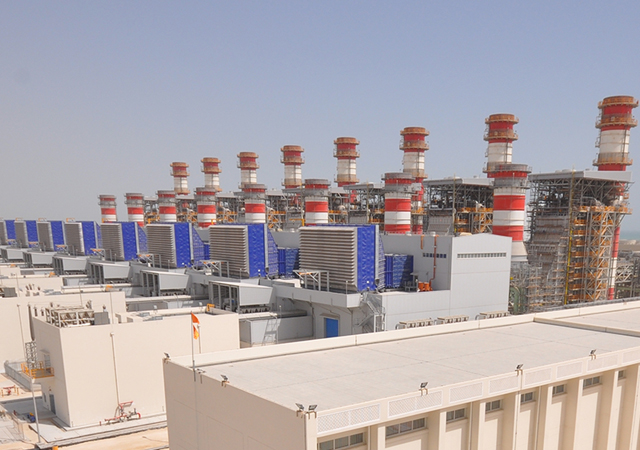
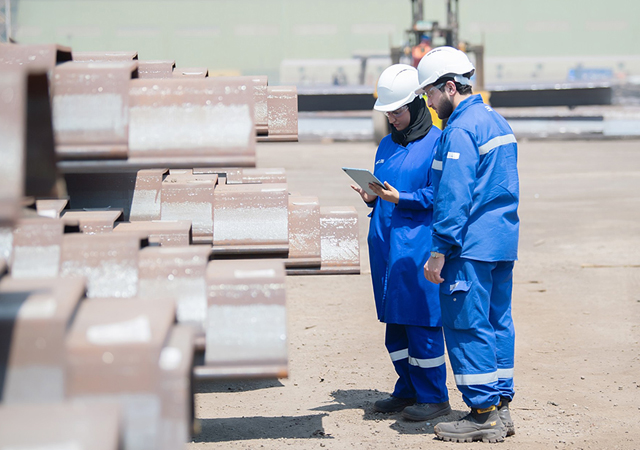
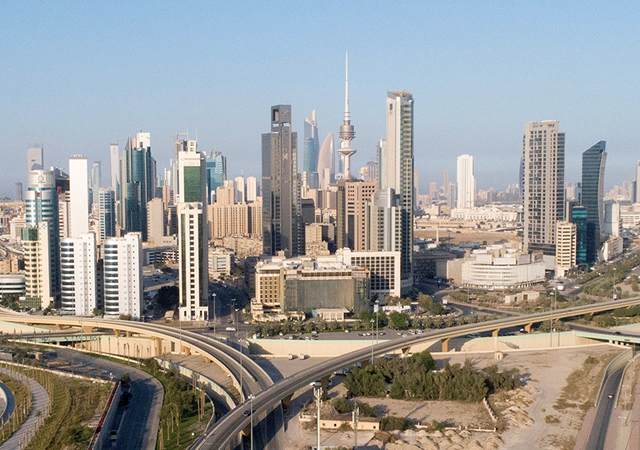
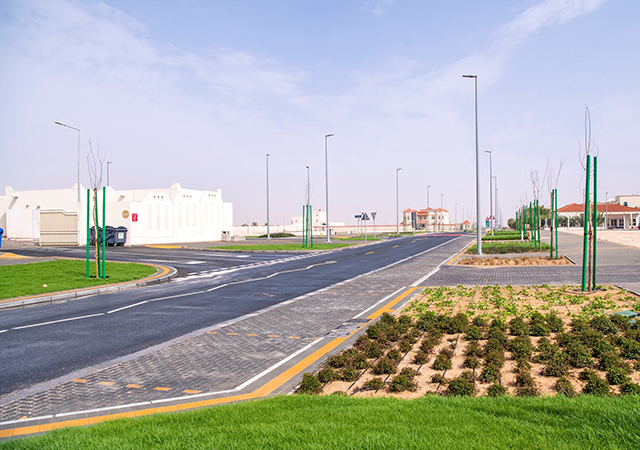
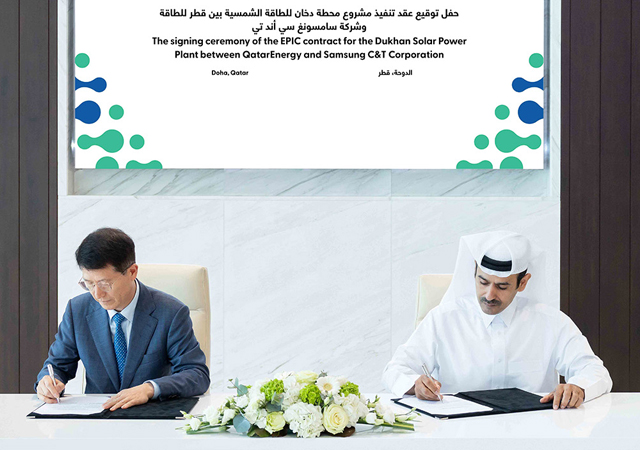
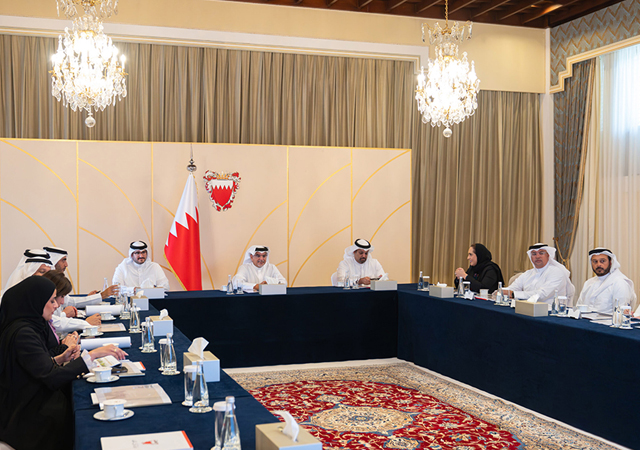

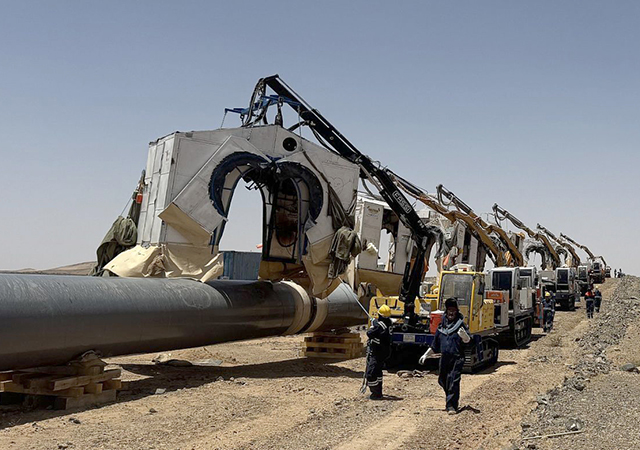
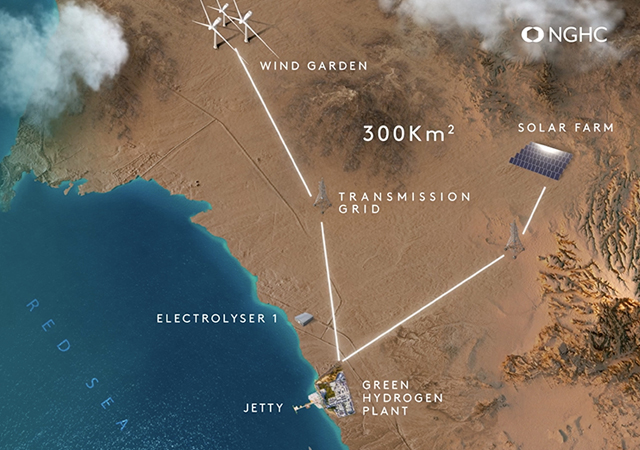
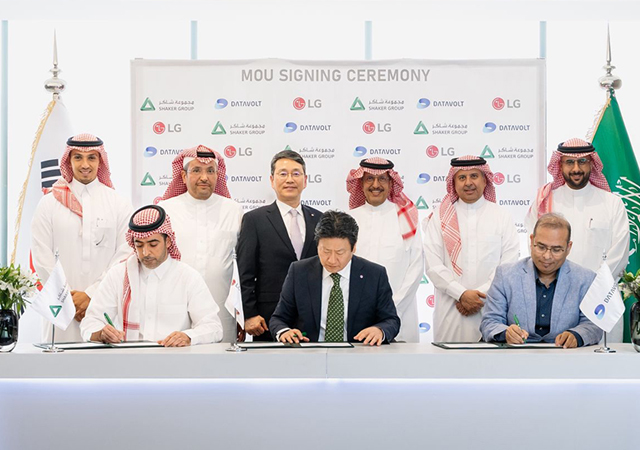
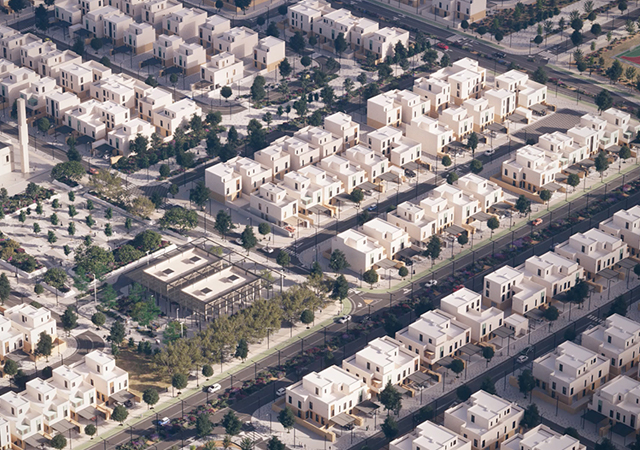
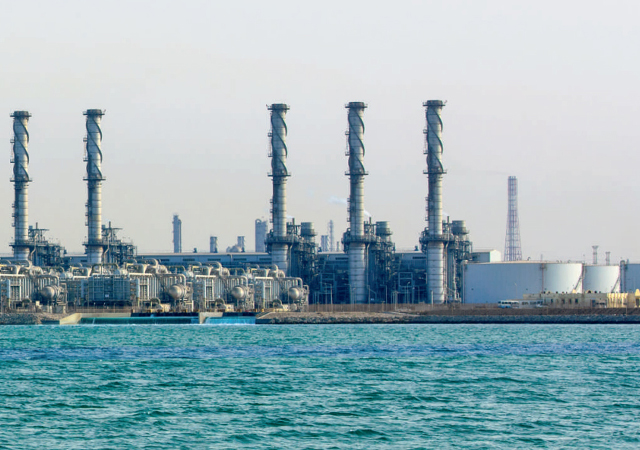
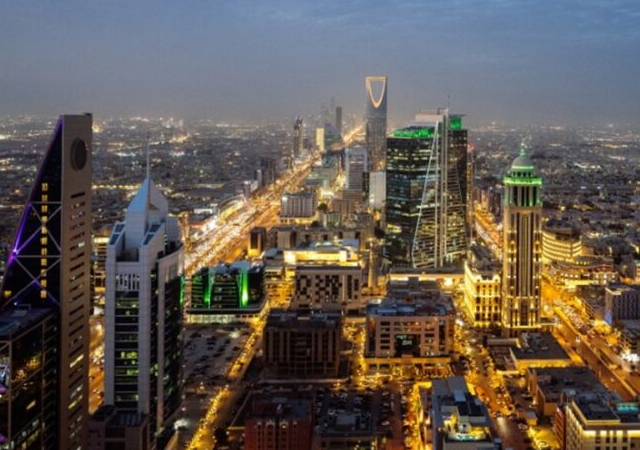
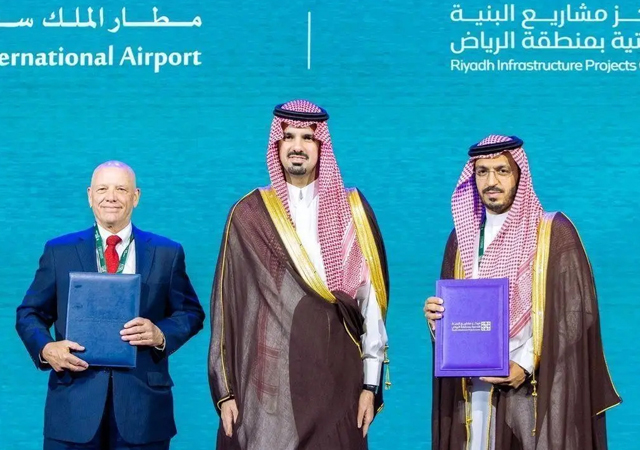
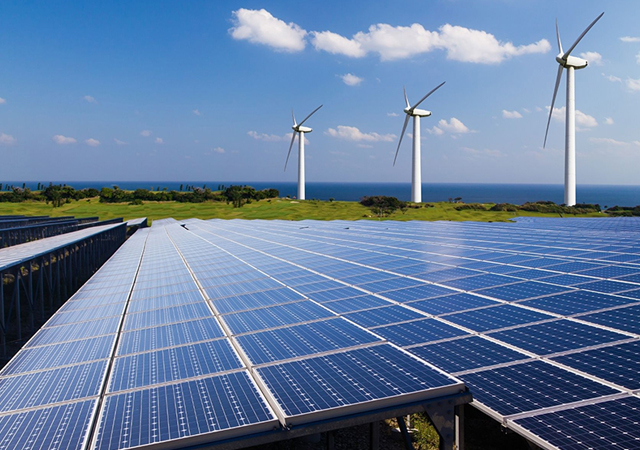
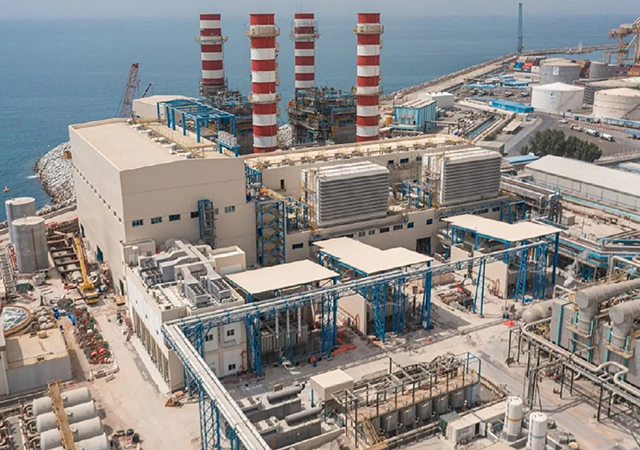
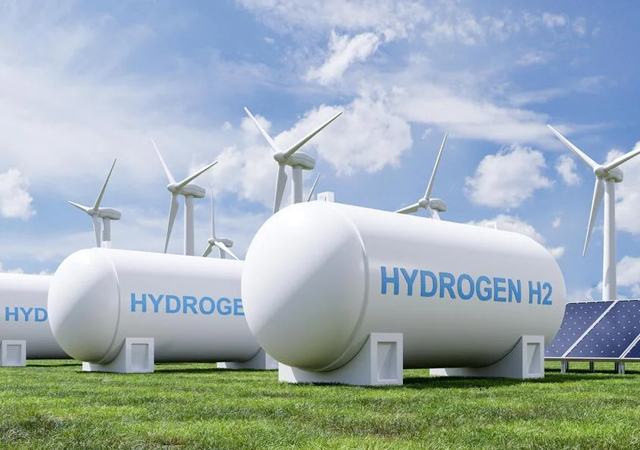

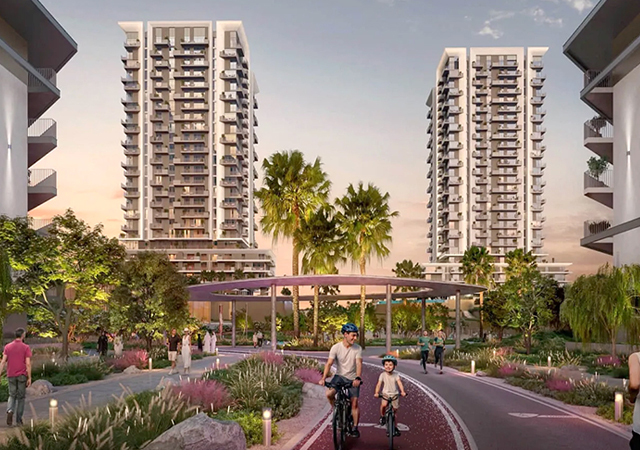
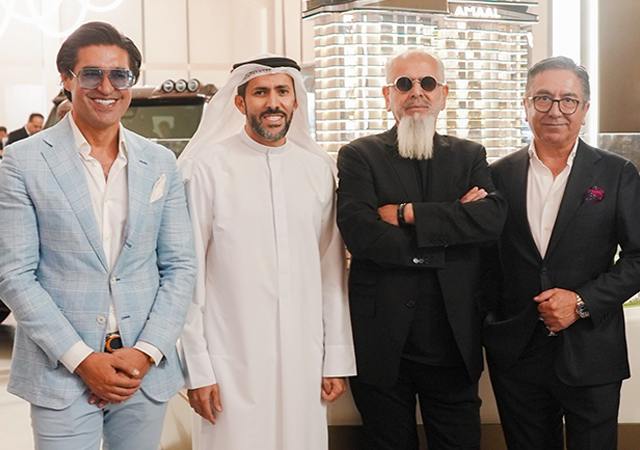
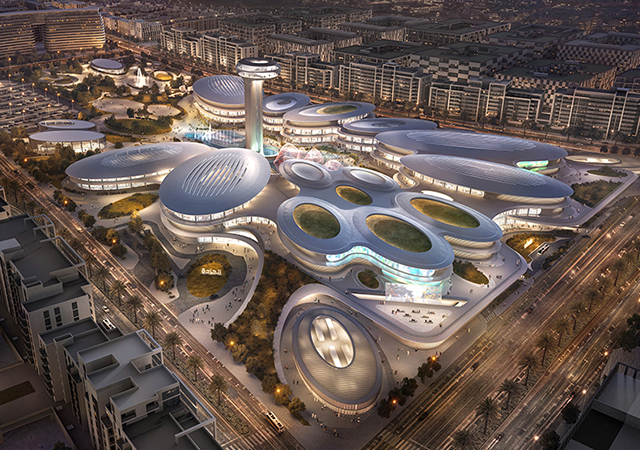
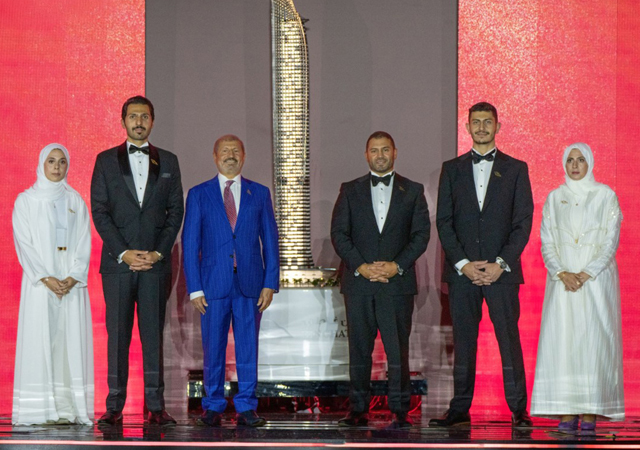
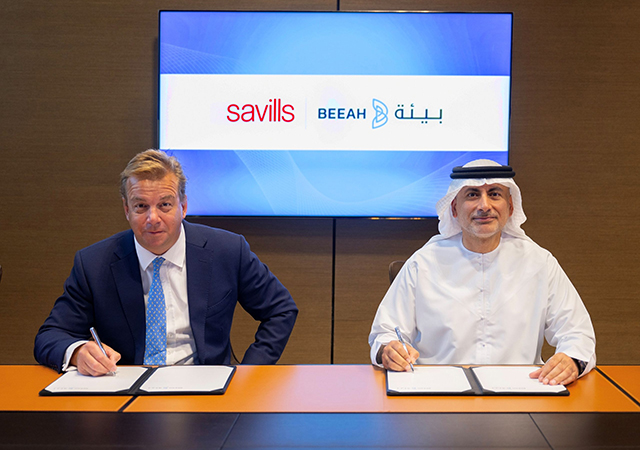
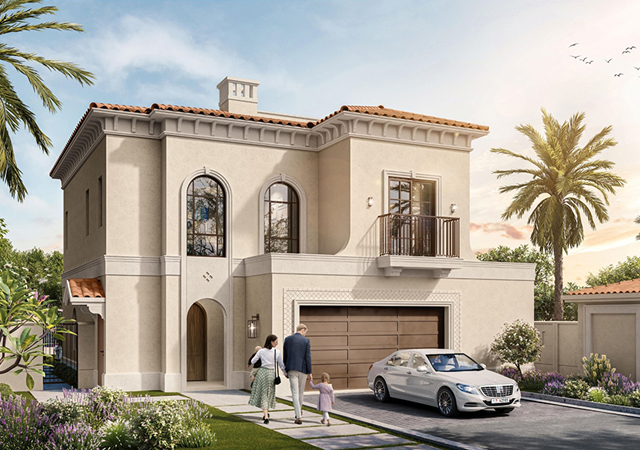
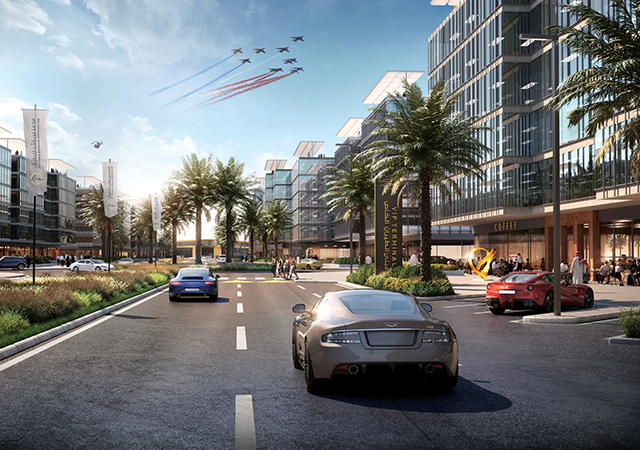
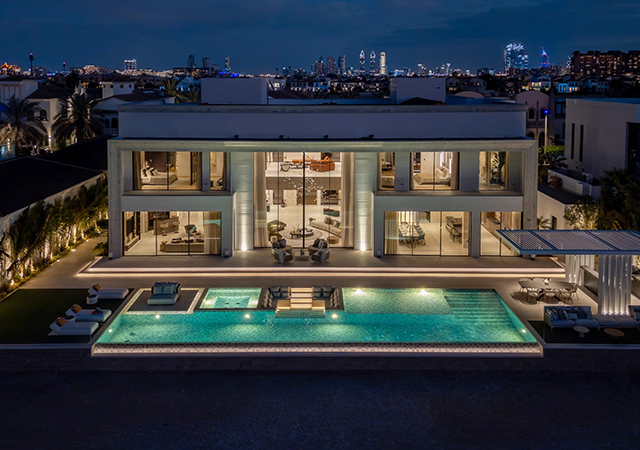
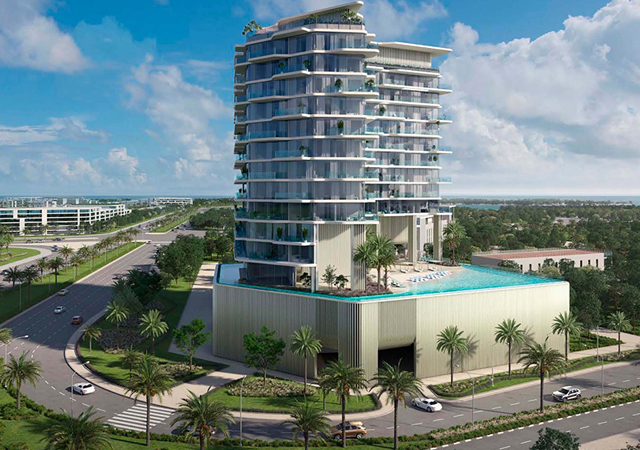
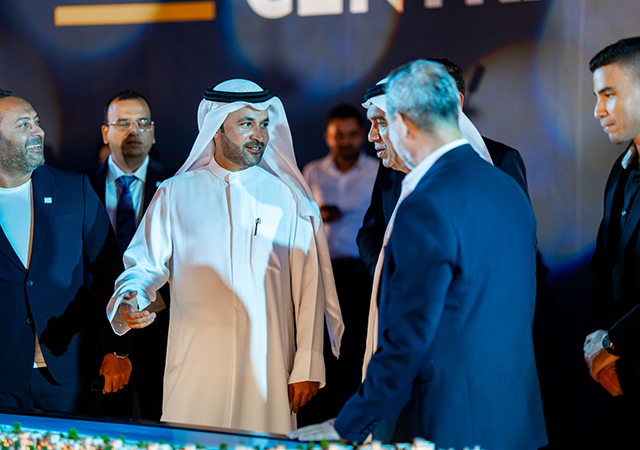
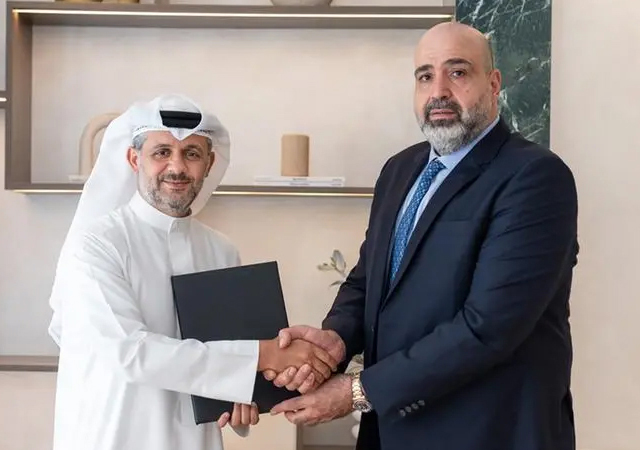
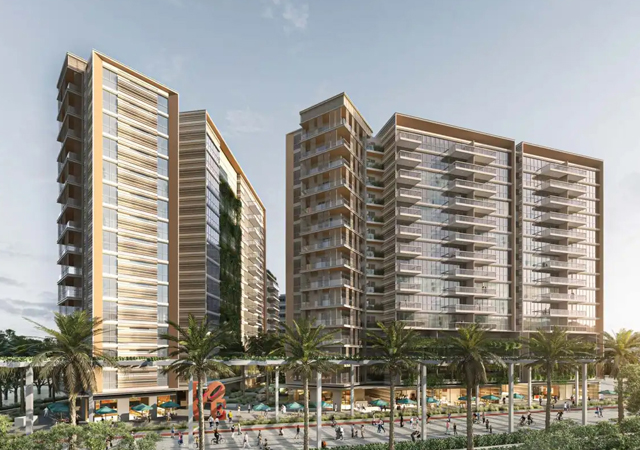
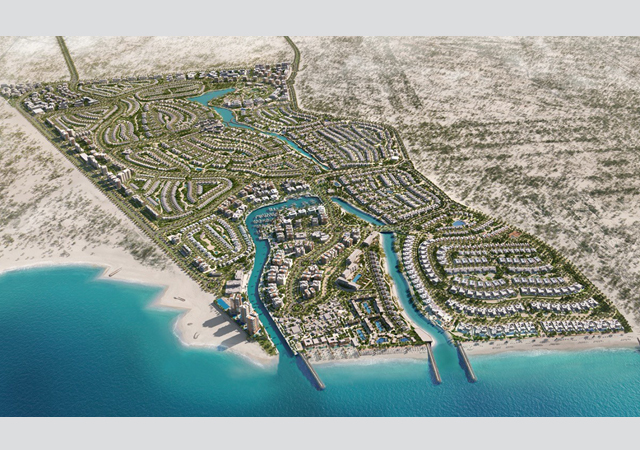
.jpg)

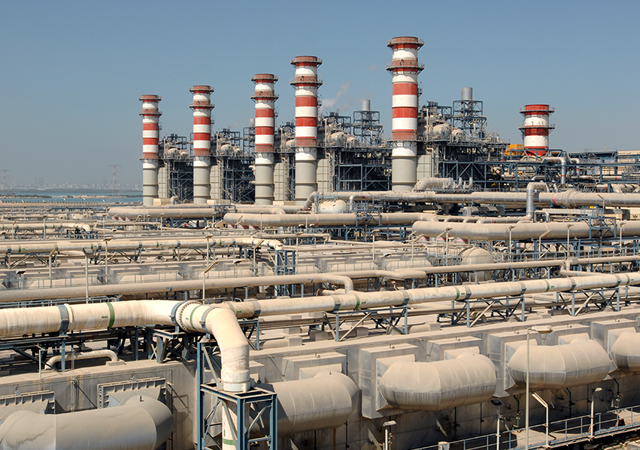
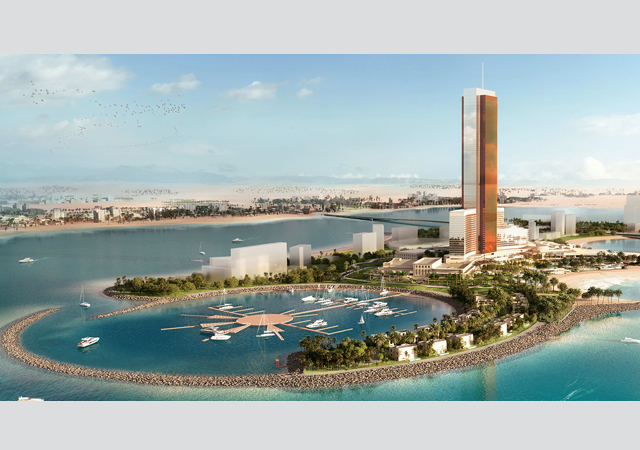
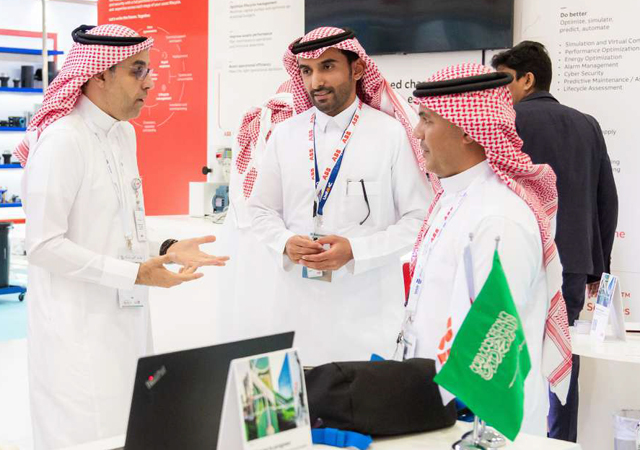
.jpg)
